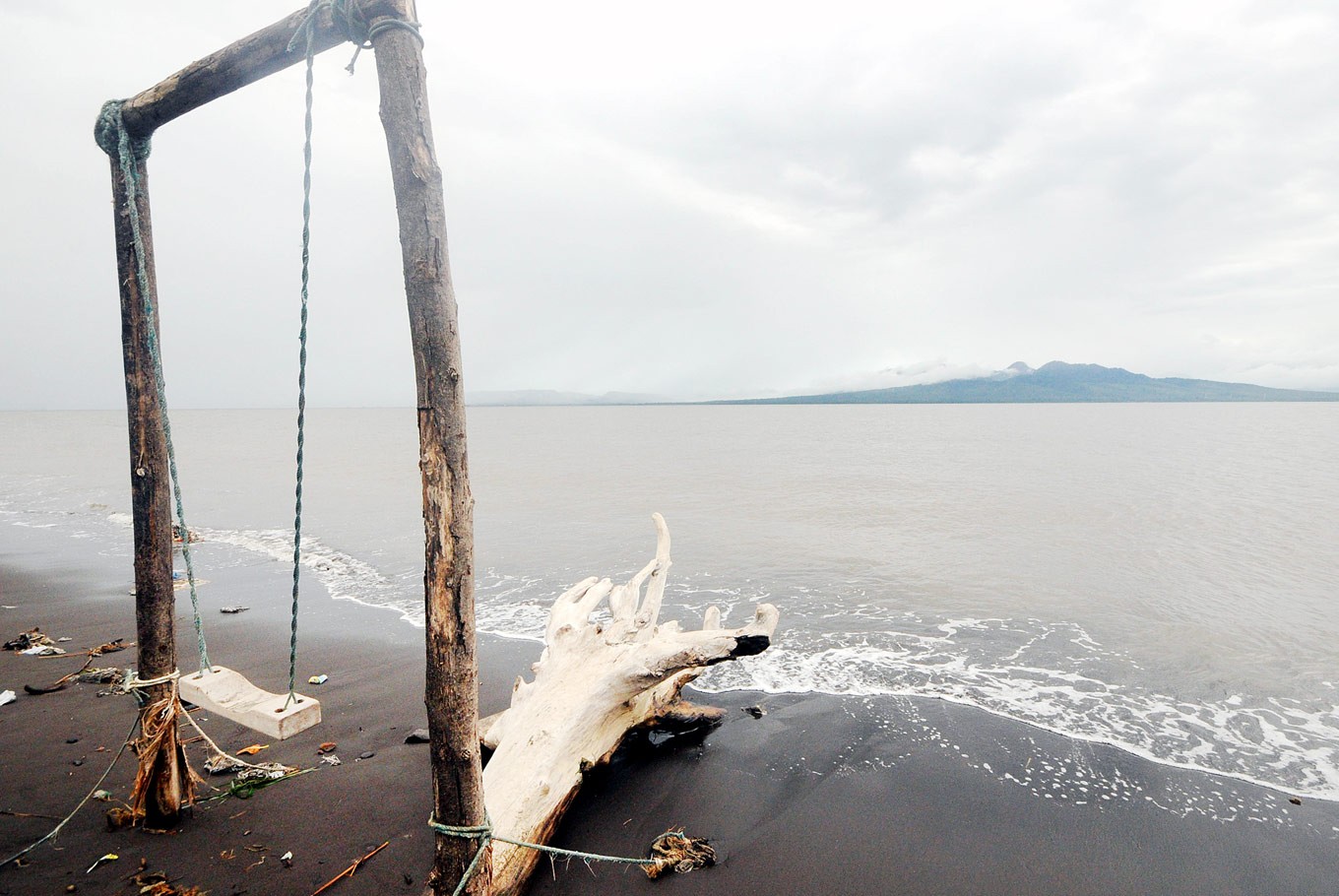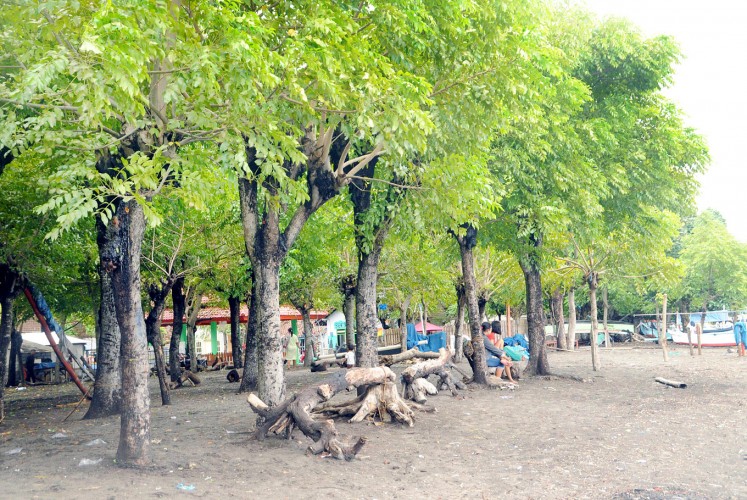Popular Reads
Top Results
Can't find what you're looking for?
View all search resultsPopular Reads
Top Results
Can't find what you're looking for?
View all search resultsDeveloping tourism on Santen Island through conservation
Change text size
Gift Premium Articles
to Anyone
A
group of students are working with residents of a small islet called Santen in Banyuwangi, East Java, to develop conservation-based tourism by providing waste management education and training.
The name of the islet comes from a local plant called santen, which locals have cultivated since 1965. The sap of the plant is used for eye remedies.
The Banyuwangi regency administration has been trying to tap into the islet’s tourism potential since the early 2000s.
The administration built a bridge that connects the islet to the mainland and installed water pipes to supply clean water to the locals. However, these added facilities and infrastructure were, apparently, not enough for the islet to fulfil its tourism potential.
The islet covers an area of around 8.5 hectares and lies between the open sea and a river estuary. The currents from the sea and the river bring a huge amount of waste to the islet’s shores and beaches.
The waste has completely ruined the natural beauty of the islet. The situation is highly unfortunate as the islet offers many interesting places and activities that could attract tourists.
Local plant: Santen trees have dominated Santen islet since locals began planting them in 1965. The sap of the tree is used as an eye remedy. (JP/Nedi Putra AW)For example, the islet’s beach provides a direct view to the pristine beauty of the Bali Strait and the southern part of Bali Island. Visitors to the islet can also see local fishermen using traditional nets to haul in their catches or stroll around the beach area to enjoy the beautiful seven-hectare savanna, a popular place for turtles to lay their eggs.
The islet’s current condition has tarnished its tourism potential and prompted a group of students from the Banyuwangi-chapter of the Indonesian Teachers Association (PGRI) University to provide assistance to the locals.
The assistance comes in the form of education and workshops, particularly on nature conservation and waste management. The students have provided these to the locals since 2015.
One of the students, Andri Saputro, said the locals were yet to adopt the correct mindset about waste management, an issue that needed to be fixed before the islet could be transformed into a tourist destination.
Andri said the locals were not fully to blame for the amount of waste as the majority came from the Banyuwangi mainland and was brought to the islet’s shores by sea and river currents.
However, the locals, according to Andri, had adapted to living around the waste and managed it in the wrong way.
“The locals burn the waste and this causes pollution along with health issues. A great number of them also choose to bury the waste under the sand and this pollutes the land and disrupts the natural habitat of various organisms that live underground,” Andri said.
The locals, Andri said, had become comfortable managing waste in the wrong way and, therefore, proper education was very important.
He added that while the students had provided education for around two years, the locals had yet to show any significant progress in the ways they managed waste and took care of the environment.
“The process of educating the locals does not have immediate results. We need to continue assisting them and educating them through proper waste management programs so they share the same vision about the environment,” he said.
One of the main programs taught to locals is how to recycle plastic waste to make eco-bricks, stools, ornaments and toys. This, according to Andri, provided the least economic incentives for locals but in the last two years, he and his colleagues had seen more and more people on the islet recycling plastic waste to make useful tools and materials.
Andri and his colleagues also receive support from the Banyuwangi’s Hidora Community, which assists community-based tourism development in several parts of the regency.
Bachtiar Djanan, an executive of Hidora, said the development of the islet into a tourist desitination needed to be in line with the conservation of its environment, otherwise the locals would suffer from culture shock.
“Tourists and the public should interact because apart from natural attractions, the most important element is the local community,” Bachtiar said.









